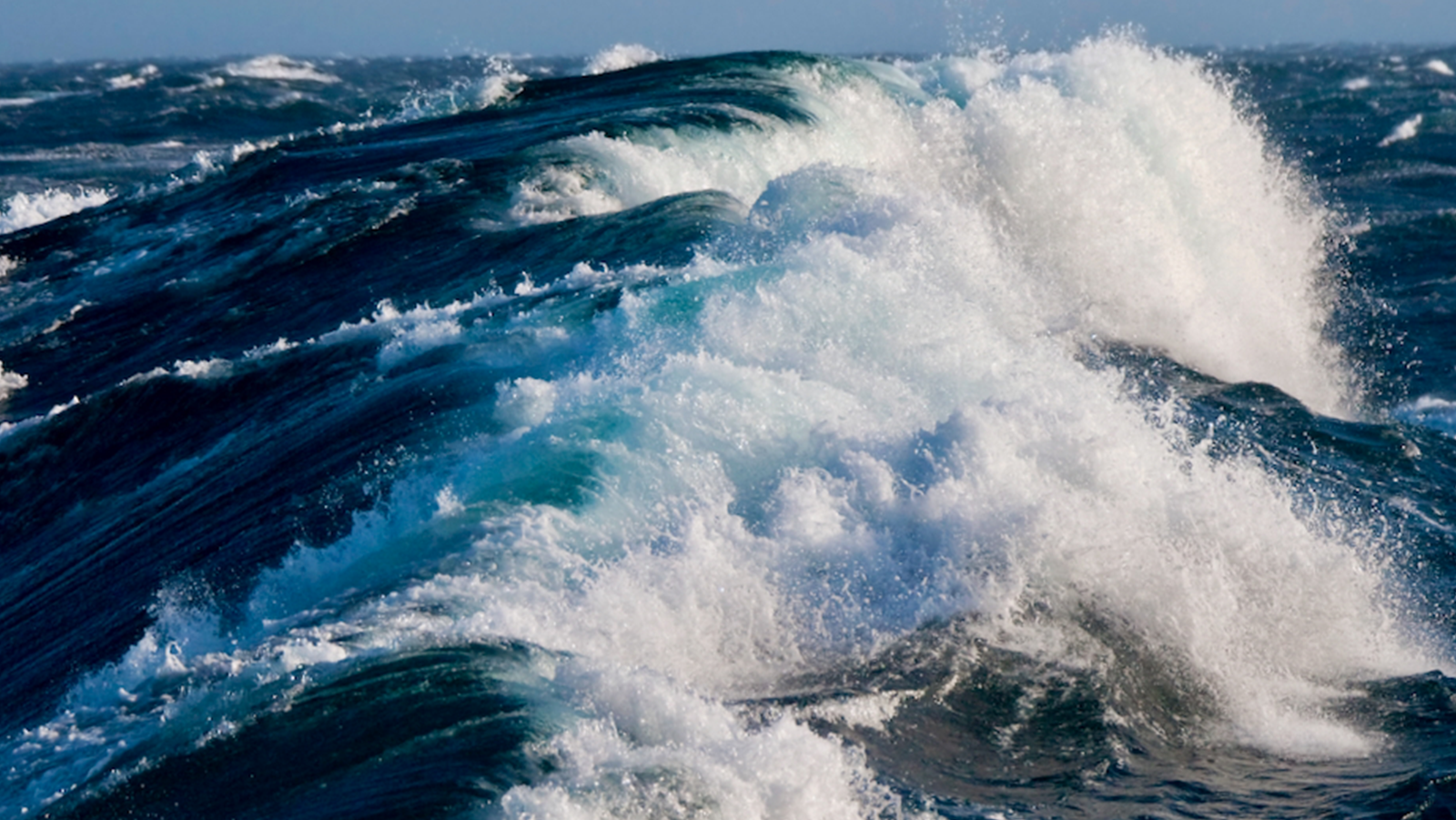Atlantic Niño/Niña events can influence hurricane development, but they can be difficult to predict. A new study sheds light on the oceanic chain reaction that can trigger these events, potentially improving our ability to forecast them.
A new study describes record-breaking warm sea surface temperatures in the equatorial Atlantic in early 2024—followed by the fastest observed cooling phase in over four decades of satellite monitoring.
“We’ve never seen the equatorial Atlantic that warm and then cool this quickly,” said the study’s lead author, Franz Philip Tuchen, a scientist at the University of Miami Rosenstiel School’s Cooperative Institute for Marine and Atmospheric Studies (CIMAS), who published the study with colleagues from NOAA’s Atlantic Oceanographic and Meteorological Laboratory. “It was a climate whiplash event with real-world consequences, particularly across West Africa.”
Using long-term satellite and ocean buoy data, researchers documented sea surface temperatures exceeding 30°C (86°F) across the equatorial Atlantic in February and March 2024 — the first time such extremes have been observed since satellite records began. By May, those same waters had undergone a dramatic shift into a cold phase, disrupting regional weather patterns.
The extreme warmth was fueled by a rare combination of El Niño-related wind anomalies in the western Atlantic and slow-moving subsurface ocean changes, which together drove a powerful downwelling Kelvin wave — an oceanic feature that piles up warm water in the upper ocean. But in May, an abrupt reversal in wind patterns triggered an upwelling Kelvin wave, rapidly cooling the region.
The study links the 2024 ocean swings to major climate impacts across Africa resulting in increased rainfall over the Sahel and Sahara, reduced rainfall over the Gulf of Guinea and an earlier onset of the West African summer monsoon.
These findings are important because the equatorial Atlantic plays a major role in driving rainfall patterns across Africa and South America, and in influencing powerful hurricanes developing in the deep tropics near the Cape Verde islands.
“Understanding how and why these extreme swings happen is key to improving seasonal weather and climate forecasts,” added Tuchen. “With better models, we can help communities better prepare for impacts to infrastructure, agriculture, water resources, and even Atlantic hurricanes.”
The new analysis builds on a mid-2024 alert published by the team on NOAA’s Climate.gov ENSO Blog, where researchers flagged early signs of the developing event and its potential global significance.
The study, titled, “Record Warmth and Unprecedented Drop in Equatorial Atlantic Sea Surface Temperatures in 2024,” was published on June 23, 2025 in the American Geophysical Union’s journal Geophysical Research Letters.
Funding for the research was provided by NOAA GOMO Global Tropical Moored Buoy Array (GTMBA) and NOAA Tropical Atmosphere Ocean (TAO) program.
The authors include Franz Philip Tuchen, University of Miami Cooperative Institute for Marine and Atmospheric Studies, Gregory R. Foltz, Sang-Ki Lee, and Renellys C. Perez, NOAA Atlantic Oceanographic and Meteorological Laboratory, Arthur Prigent, ICTP, Trieste, Italy, Peter Brandt, GEOMAR, Kiel, Germany, Michael J. McPhaden, NOAA Pacific Marine Environmental Laboratory, Hosmay Lopez, NOAA Atlantic Oceanographic and Meteorological Laboratory, Dongmin Kim and Robert West, University of Miami Cooperative Institute for Marine and Atmospheric Studies.
